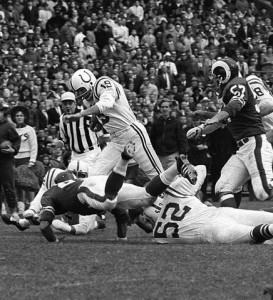According to the U.S. Department of Agriculture, the cost of raising a child to the age of 18 is now a breathtaking $226,920. The cost of raising a child has risen over $60K since 2000. As a result, families squeezed by the economy are opting to wait to have children, but also tell Christine Romans in the video that biological factors play a role as well.
Questions:
1. What allocation in the child cost estimates has doubled since 1960? Do you agree or disagree with the decrease in the food allocation for this estimate? Why or why not?
2. What was the bottom line of Bartow’s article on the cost of a child?
3. What items do you think will make up the “other” allocation category in the USDA calculator?
4. Prepare a “general” cost benefit analysis on the cost of a child based on the video, article, and your own views. What are the elements that are difficult to quantify in the decision? Explain how qualitative issues in cost benefit analyses also impact business decisions.
Sources:
Bartow, T. (2011). How much does it cost to raise a child today? Forbes.com, Nov. 20 (Retrievable online at http://m.ctv.ca/topstories/20111118/cost-of-raising-a-child-111120.html)
USDA (2011). USDA Cost of Raising a Child Calculator. (Retrievable online at http://65.216.150.170/default.aspx)
CNN Video (2011). Cost of having kids: $226,920. CNN.com (Retrievable online at www.cnn.com/videos)












